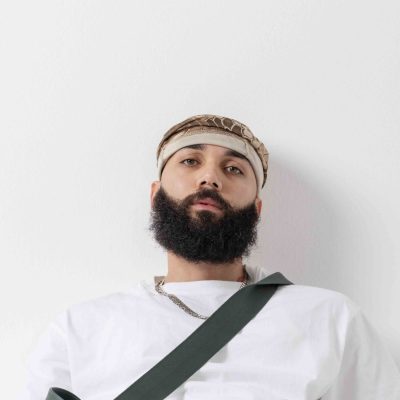THE WORKOUT boutique stands as a testament to the power of passion and expertise in the fitness world. Born from the collaboration of two seasoned fitness professionals, the gym has grown into a beacon for those seeking structured, results-driven training. With a mission to elevate group training to new heights, THE WORKOUT offers programs that are meticulously designed to tap into each trainee’s potential, ensuring they emerge stronger, healthier, and more confident.
What sets THE WORKOUT apart is its adaptability and commitment to its community. Initially a physical studio, the gym has evolved to meet the needs of modern fitness enthusiasts by offering online classes that allow members to train safely and conveniently from their homes. The return of live, structured workouts for small groups has further solidified THE WORKOUT’s reputation as a space where individuals can experience the transformative power of fitness in a supportive environment.
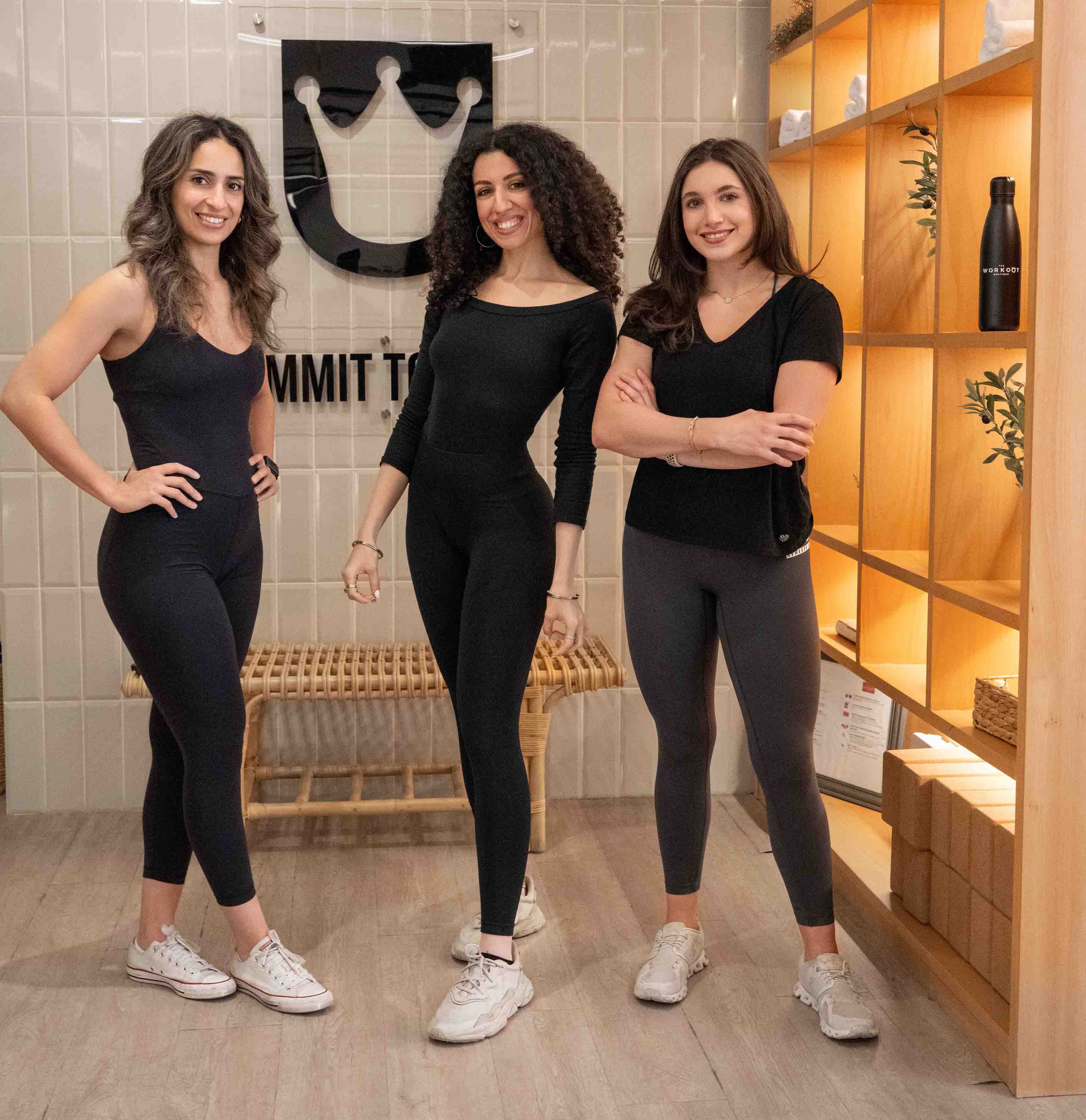
In this issue, we shine a spotlight on three exceptional coaches who embody the ethos of THE WORKOUT. Coach Shadwa Ismail, a yoga instructor and postural trainer, brings her expertise in body alignment and injury prevention to help clients achieve optimal movement and balance. Coach Yasmine Shammas, a body composition specialist, is dedicated to helping individuals reshape their bodies through tailored strength training and nutrition guidance. Finally, Coach Myriam Kotb, a personal trainer and gluteos specialist, offers a holistic approach to fitness, emphasizing the importance of balanced, functional training.
Each of these coaches brings a unique perspective and set of skills to the gym, ensuring that THE WORKOUT remains at the forefront of the fitness industry. Their passion and dedication not only inspire their clients but also contribute to the thriving community that THE WORKOUT has cultivated.
COACH SHADWA ISMAIL
Yoga Instructor and Postural Trainer
“Align Your Body, Elevate Your Mind.”
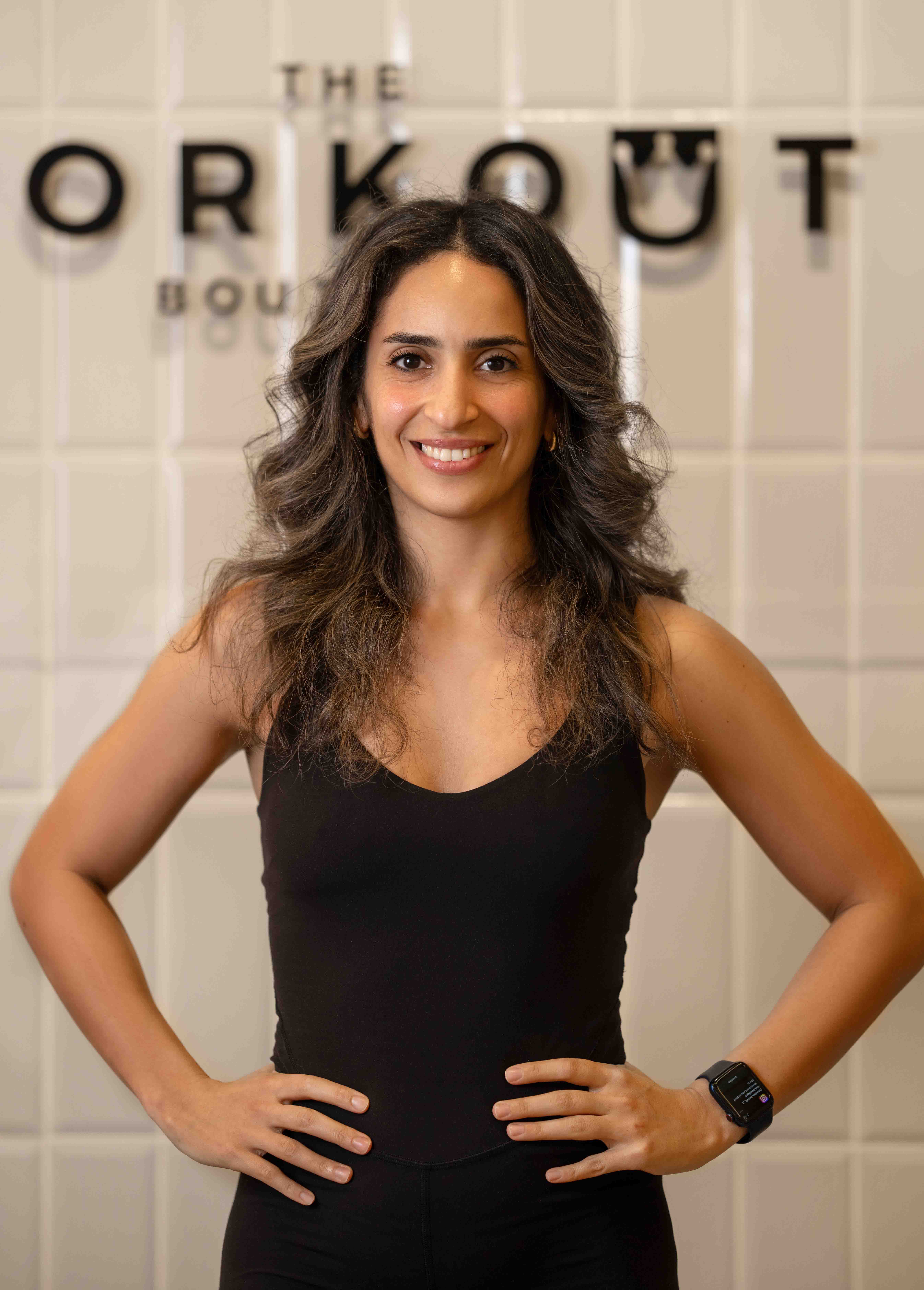
How did you get started in the fitness industry?
I decided to take my first yoga course in Thailand in 2015. After nearly two months, I returned to Kuwait, studied and practised more for eight months, and then decided to teach my first class. The rest, as they say, is history.
What motivates you to continue in your fitness journey?
My purpose—making a difference and helping people with their injuries and reaching their goals.
How do you keep your clients motivated?
Through results—having no pain during their training, better posture, a different approach to their workouts and lifestyle, and making better choices with their lives and training.
Can you describe a typical day in your life as an instructor?
My day would start with early sessions, then I train, rest, and have lunch for a couple of hours before returning to the studio for more sessions and classes. I wouldn’t have it any other way; days like this keep me going.
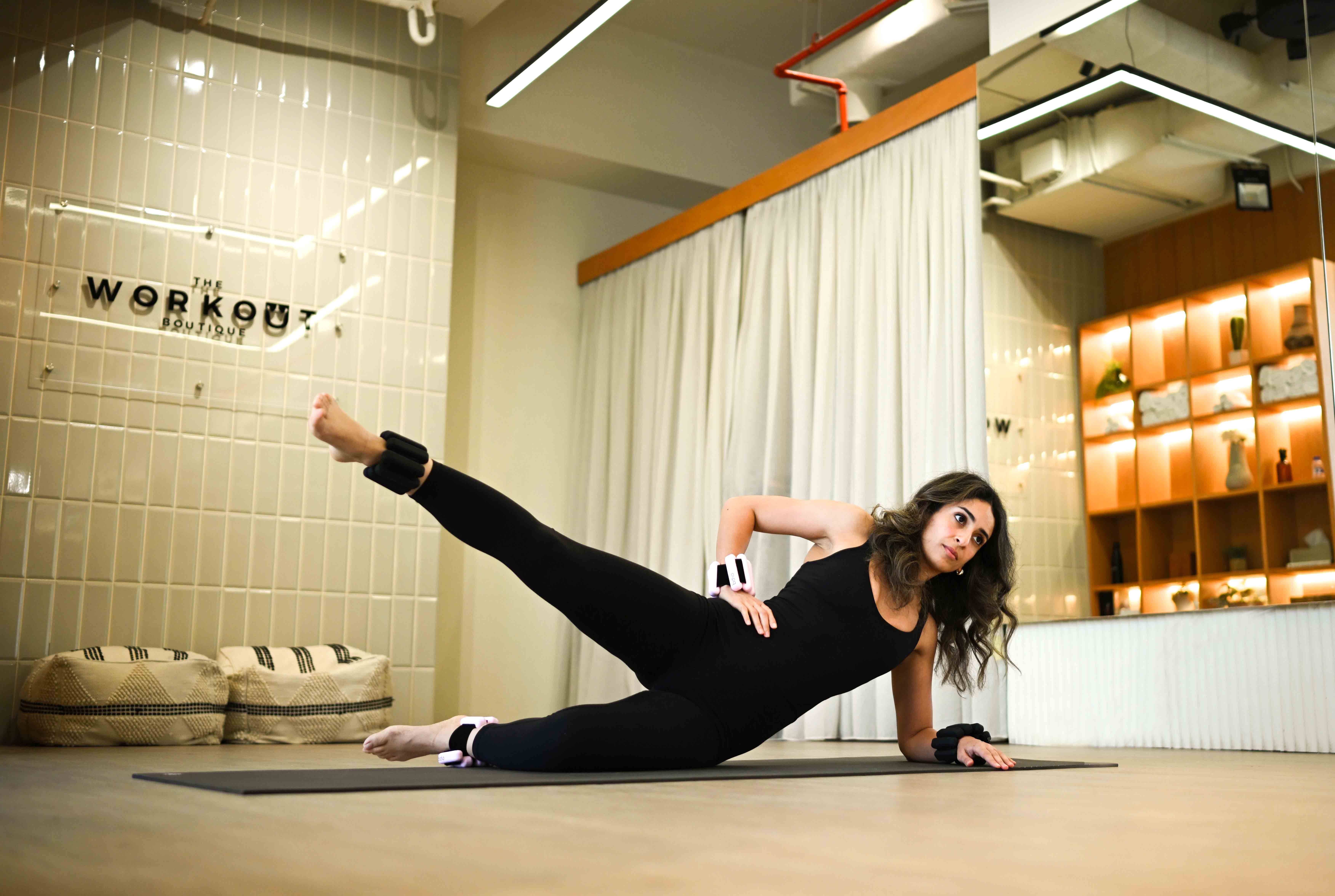
What is the biggest challenge you face as a fitness professional?
Staying consistent mentally and physically all year round.
How do you stay updated with the latest fitness trends and research?
I love learning new things and understanding new movements. I also enjoy taking on new, hard, and tough cases with clients, as it makes me go back and study more, asking around top trainers and mentors. I think this way, I stay updated and ready for any challenges.
How do you integrate yoga and postural training in your sessions?
I use yoga poses and alignments to test clients’ body movement, strength, and weakness. It helps me detect which areas we need to work on and enhances their training and lifestyle.
What are the most common postural issues you see in your clients, and how do you address them?
The common areas I usually see in clients are tight hips and shoulders, which cause a lot of back issues, with muscles not working as they should. We start by slowly mobilising the mentioned areas, and clients start feeling less pain. Then we slowly go over all the basic movements, and they start feeling more confident and capable of training without pain, which makes me really happy.
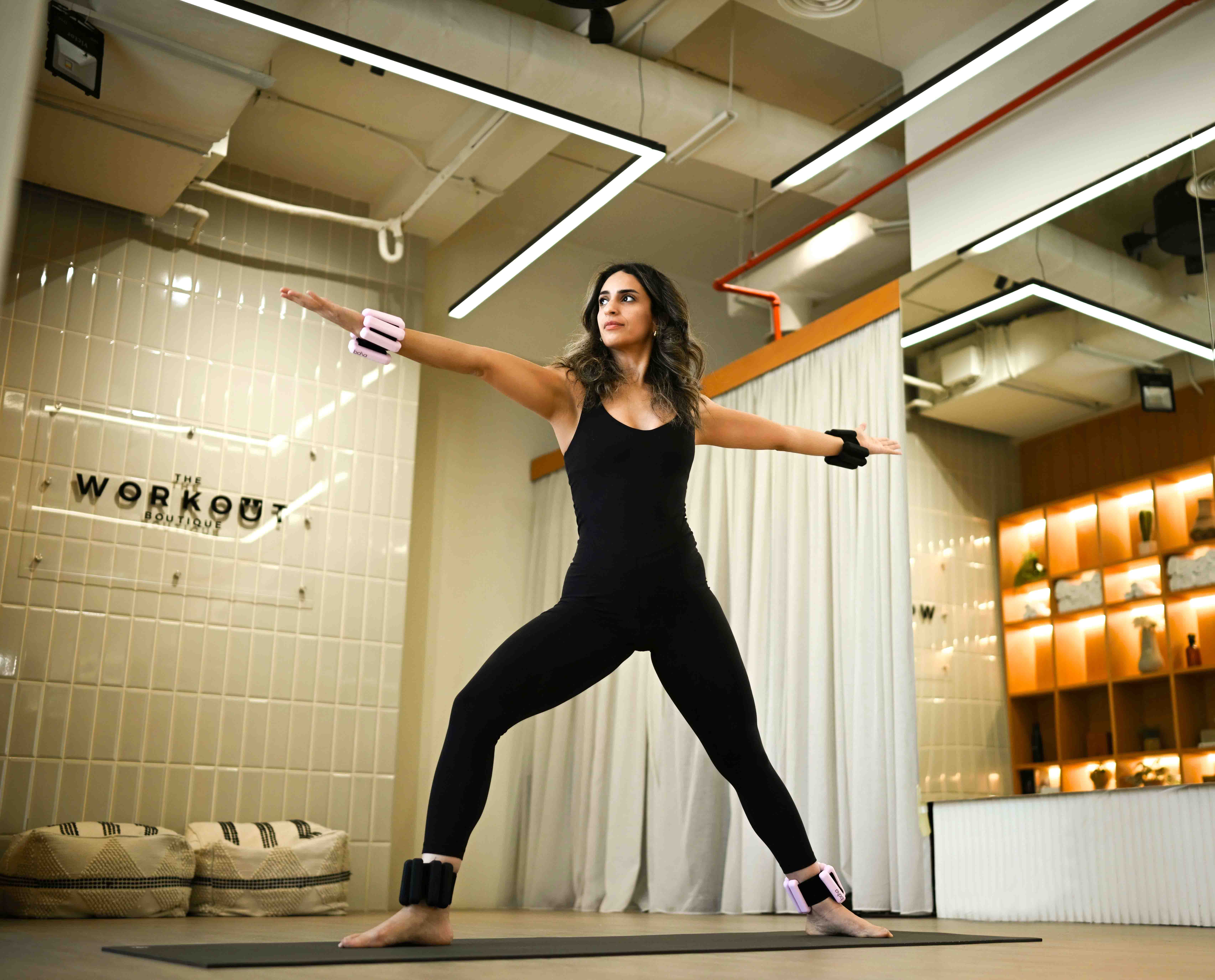
Can you share some tips for beginners who want to improve their posture?
Always start by mobilising the hips and shoulders, and slowly work your way through the movements. Don’t be afraid to ask for assistance or help to achieve your desired goals.
How does yoga complement postural training, and what are the benefits of combining both?
Yoga is such an amazing practice:
- With the right guidance and practice, it will help you reach your proper body range and strength.
- It can be used as a tool to complement your strength training.
- It teaches you how to meditate through your daily routine.
- Breathing properly through the yoga practice and your training.
- It helps you understand your body mentally and physically.
- It helps you reflect on yourself with less judgement on your body. For example, instead of saying “I’m unable to do this movement or pose,” you would say, “Why am I not able to do it? What am I missing? What else do I need to work on?” and this is how you grow.
COACH YASMINE SHAMMAS
Body Composition Specialist
“Sculpting Strength, Transforming Lives.”
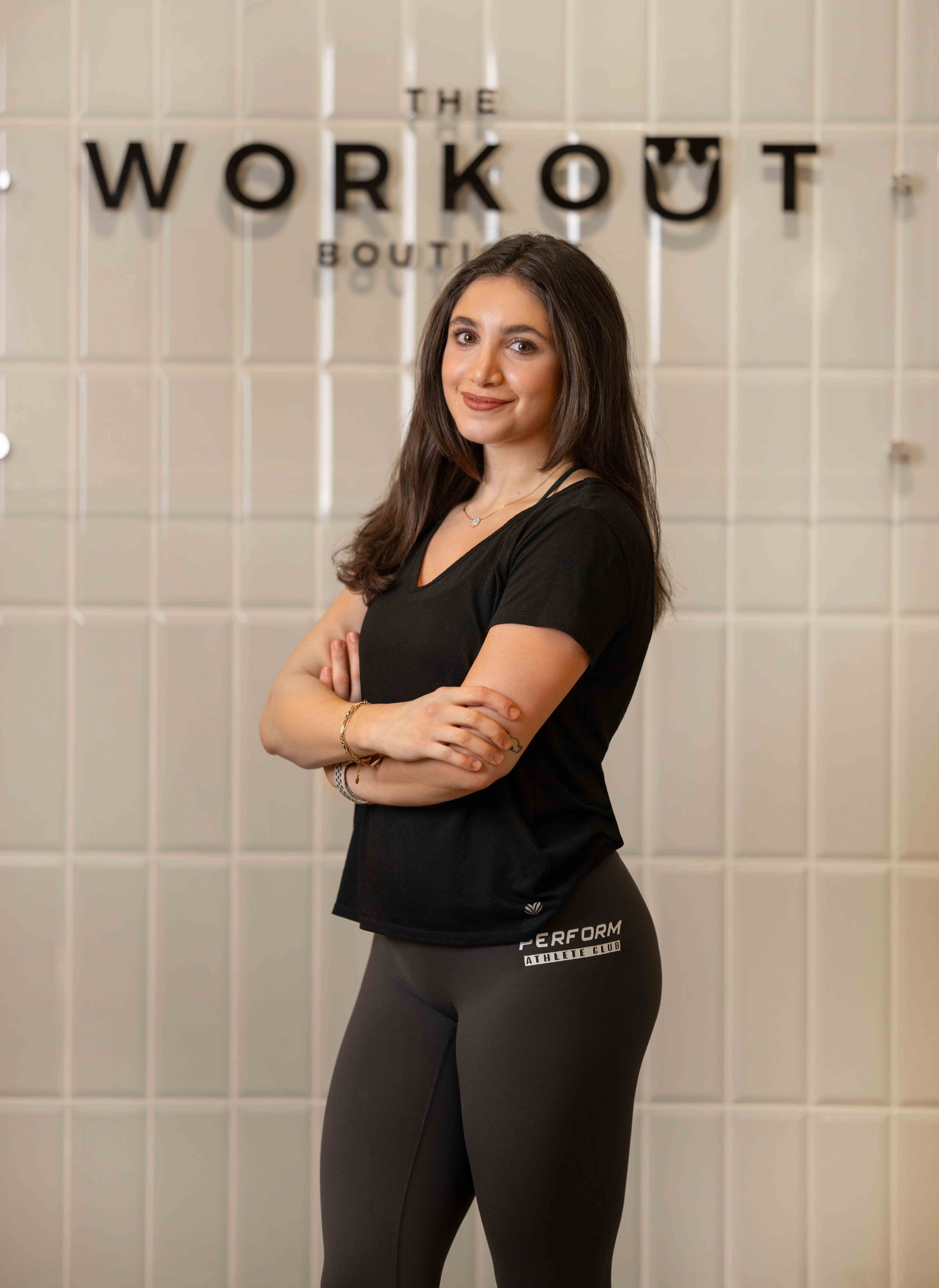
How did you get started in the fitness industry?
I started training on my own around 5-6 years ago when I wanted to lose weight. I tried everything I could, from high-intensity classes to Pilates to boxing, all in the hopes of changing my body composition. Then I started learning about hypertrophy training and how it can do wonders for the body. I delved into strength training and fell in love with it, seeing the increased muscle mass and body shape improvements. I saw how this helped me and wanted to do the same for other people, so I took learning into my own hands and got certified as a personal trainer.
What motivates you to continue in your fitness journey?
Fitness is more than just a hobby for me; it’s a lifestyle. The gym is my sanctuary, where I find both physical and mental rejuvenation. I’m constantly driven by the thrill of pushing my limits and witnessing my body transform, not forgetting the holistic benefits such as improved mood and overall well-being. These are some of the reasons why I stay committed to this process.
How do you keep your clients motivated?
I lead by example and practise what I preach. I ensure that everything I say or teach resonates with both myself and my clients. I tailor their workouts based on their individual goals, ensuring they find the whole process rewarding. I have regular check-ins, celebrate their achievements, and offer unlimited support to create a fulfilling and positive environment. I believe the client-trainer relationship is based on trust and accountability, and those are some of the values that I bring into my job as a trainer.

Can you describe a typical day in your life as an instructor?
I plan and prepare for the day by ensuring that all my clients’ workout plans are set. I also check in with clients to gauge their energy levels and any physical or mental limitations. This allows me to modify workouts accordingly and offer more motivation if needed.
What is the biggest challenge you face as a fitness professional?
One of the biggest challenges is motivating clients to prioritise their health even when they have busy lives. Being consistent with the gym is essential to see actual results and maintaining that momentum, especially during tough times or difficult days. It’s also very easy to get caught up in family or social commitments and place exercise lower on the priority list when it should be as habitual as brushing your teeth!
How do you stay updated with the latest fitness trends and research?
I have a mentor who coaches me, and we continuously have conversations about the latest research. I’m also supported by my gym and the fitness community, where we share new ideas, trends, and topics. I think it’s also important to listen to my clients’ goals and feedback in order to tailor their workouts accordingly.
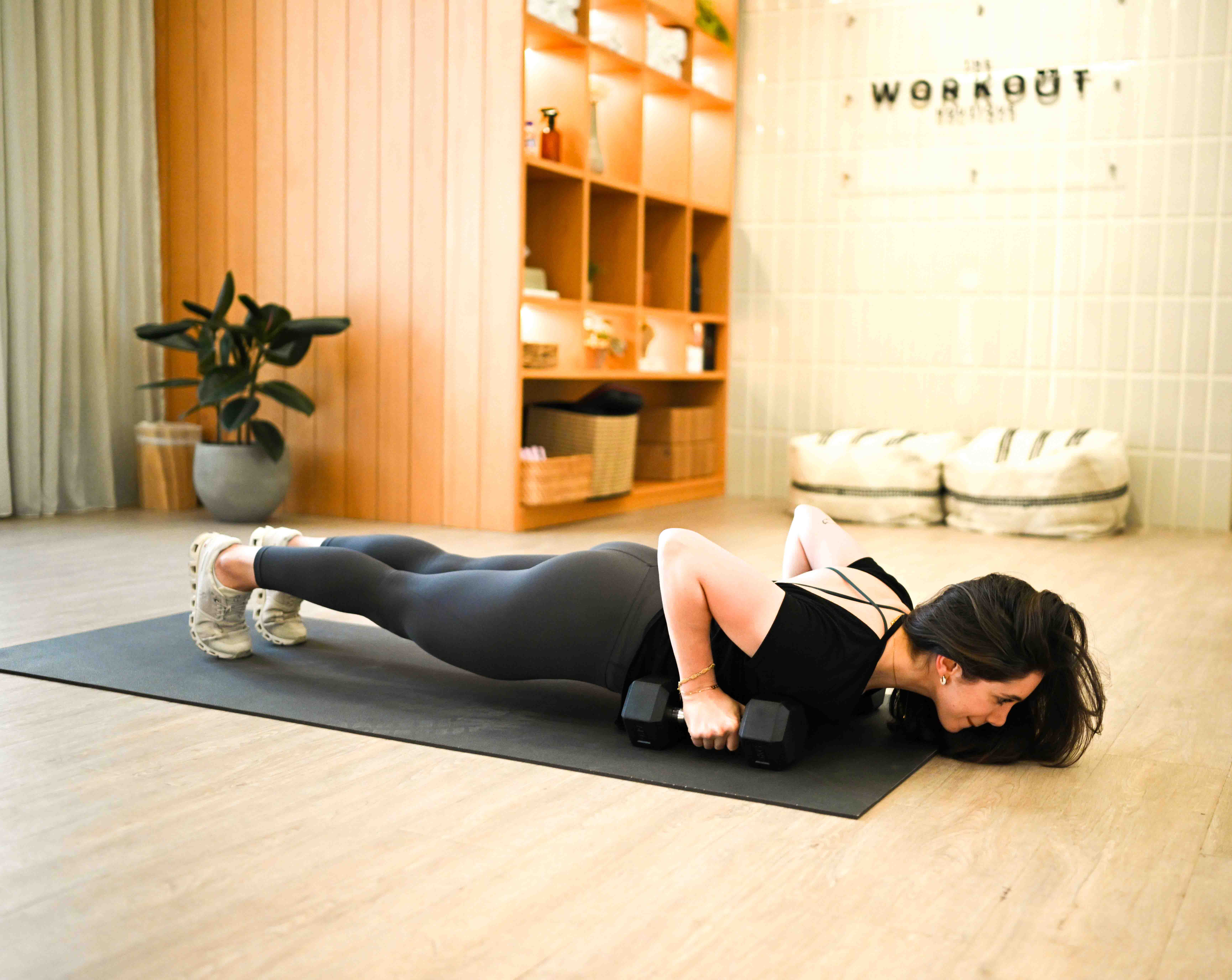
What is body composition, and why is it important for overall health?
Body composition is the overall makeup of your body, specifically the ratio of fat to lean mass—essentially, how much fat and muscle you have. It’s important because having too much fat can lead to serious illnesses like heart disease and diabetes. Incorporating resistance training and increasing muscle mass helps you burn calories even when you’re at rest, so it’s like having your own fat-burning machine! A healthy body inside begins with a good balance of fat and muscle.
How do you assess and track body composition in your clients?
I use a few different tools. There’s the InBody machine, although it’s not super accurate, it does give us a good indication of body fat and muscle mass ratios. The scale is useful just for metrics, but I mainly ask clients to take pictures of themselves and pay attention to how they feel and how their clothes fit. I check in around every 4-6 weeks using a combination of these methods, and adjust their programmes accordingly.
What are some common misconceptions about body composition?
There are far too many! The first response I get from everyone is, “But I don’t want to look bulky if I start lifting weights!” That’s usually not the case unless you’re literally eating in a caloric surplus. Those big, bulky muscles take years and require specific nutrition and supplements to achieve. The majority of people don’t have the genetics or drive for that level of dedication. Lifting weights can help you achieve that ‘toned’ body by helping you build lean muscle mass. It’s vital for overall bone density and injury prevention as well. So I do my best to dispel that misconception about lifting weights.

Can you provide some practical advice for improving body composition?
There are many things you can do—starting with cleaning up your nutrition, focusing on consuming real, whole foods, like lean protein to build muscle, whole grains for energy, and a good combination of fruits and veggies. Cutting out sugary drinks and processed foods, and controlling portion sizes. Combined with strength training and cardio, and sticking to a programme for a good while, in 2-3 months’ time you will start to see changes.
COACH MYRIAM KOTB
Personal Trainer and Gluteos Specialist
“Strength in Symmetry, Confidence in Motion.”
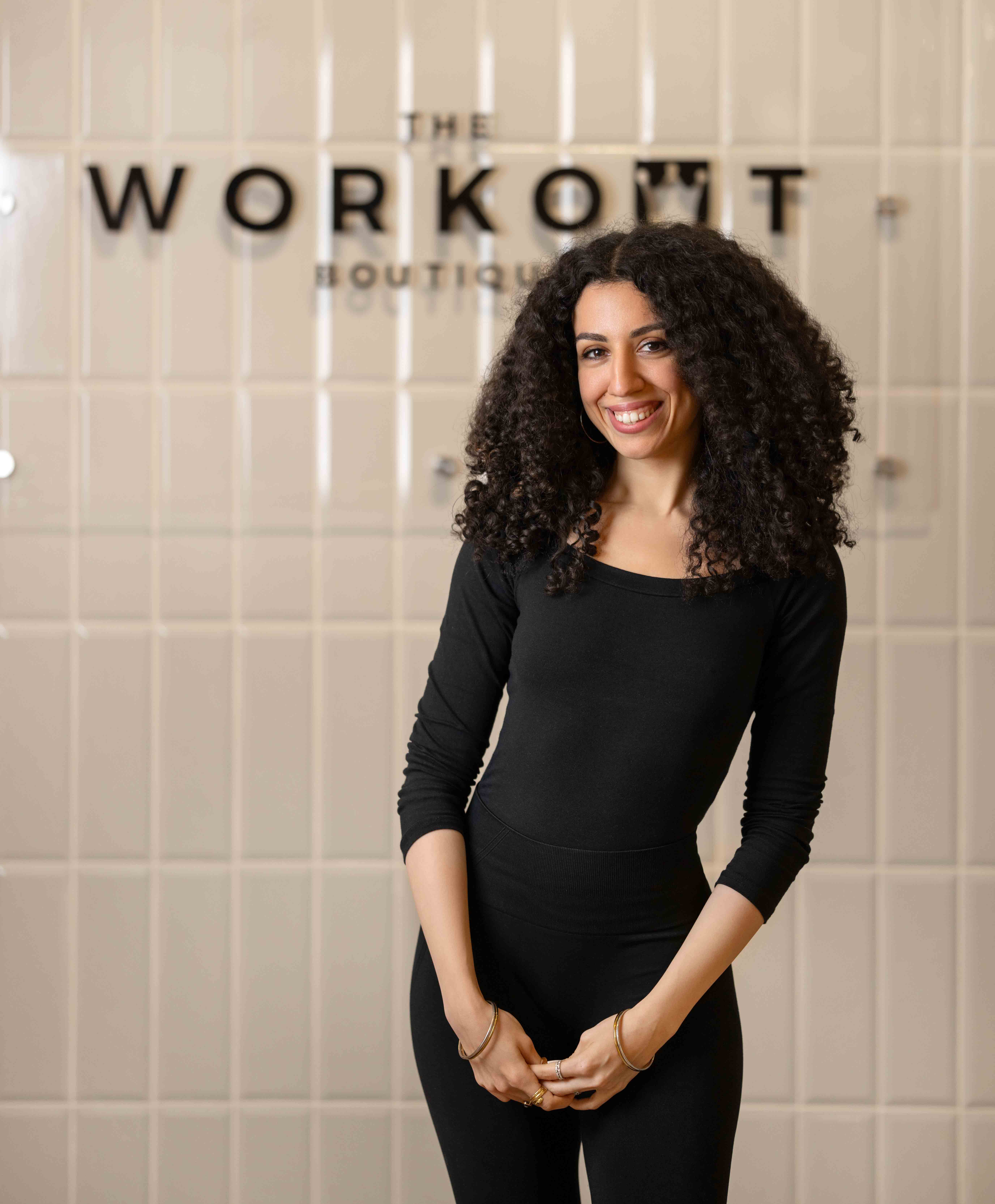
How did you get started in the fitness industry?
After years of feeling weak and disconnected from my body, I decided to make some serious changes. I started strength training, eating well, living a healthier life, and reconnecting with my body. The early days were rough, and I suffered my fair share of injuries, but everything changed when I started training with my coach and now mentor, JP (@jpiericoaching). Training with him transformed my life, and I knew I wanted to offer the same support to others. And now I am!
What motivates you to continue in your fitness journey?
Results! Whether it’s my own progress or that of my clients, setting and achieving goals keeps me motivated—especially challenging ones that require in-depth learning and some puzzle-solving. Those are extra satisfying!
How do you keep your clients motivated?
I’d say it’s all about how I design my programs. I use progressive overload to help my clients see their bodies grow stronger week after week. This progress fuels their motivation and boosts their confidence in their limitless potential.
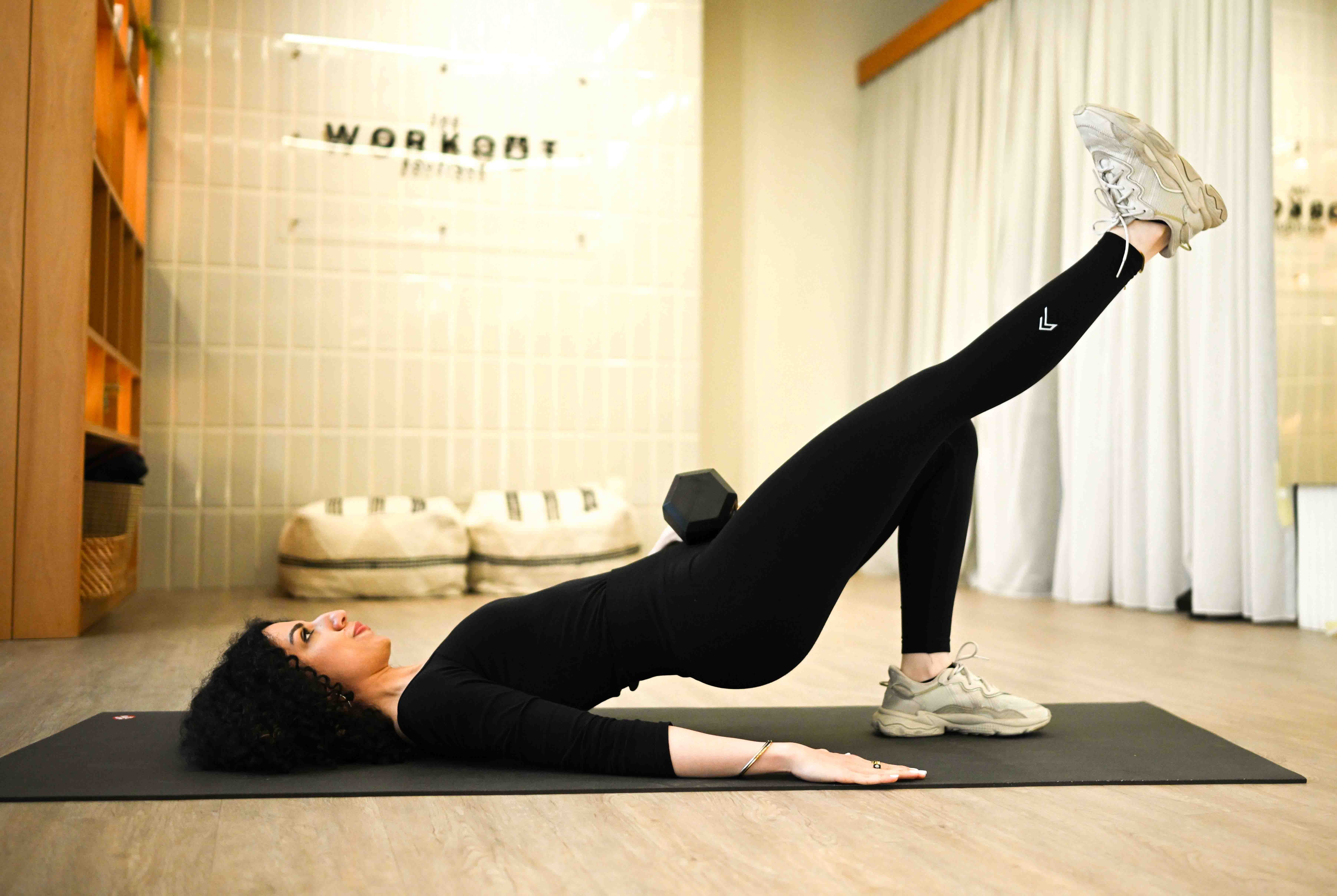
Can you describe a typical day in your life as an instructor?
Sure! On a good day, I wake up around 6 a.m. and start with my “grounding routine”—5 minutes of deep breathing, 15 minutes of mobility exercises, drinking a liter of water, a shot of wheatgrass, and a hearty breakfast. Then, I dive into “computer work,” like designing client programs or catching up on fitness articles. Around 10 a.m., I do my own training. By noon, I start training my clients at The Workout Boutique. In the evening, I either hang out with friends or go home to unwind and draw. On a bad day, I do none of that.
What is the biggest challenge you face as a fitness professional?
Sifting through online fitness content to separate valuable information from jargon and outright nonsense. It can be a genuine challenge sometimes.
How do you stay updated with the latest fitness trends and research?
I listen to a few fitness podcasts—some I agree with, and some I don’t. Some help me expand my knowledge, while others challenge me to think critically. I also love yapping about all these topics with colleagues.
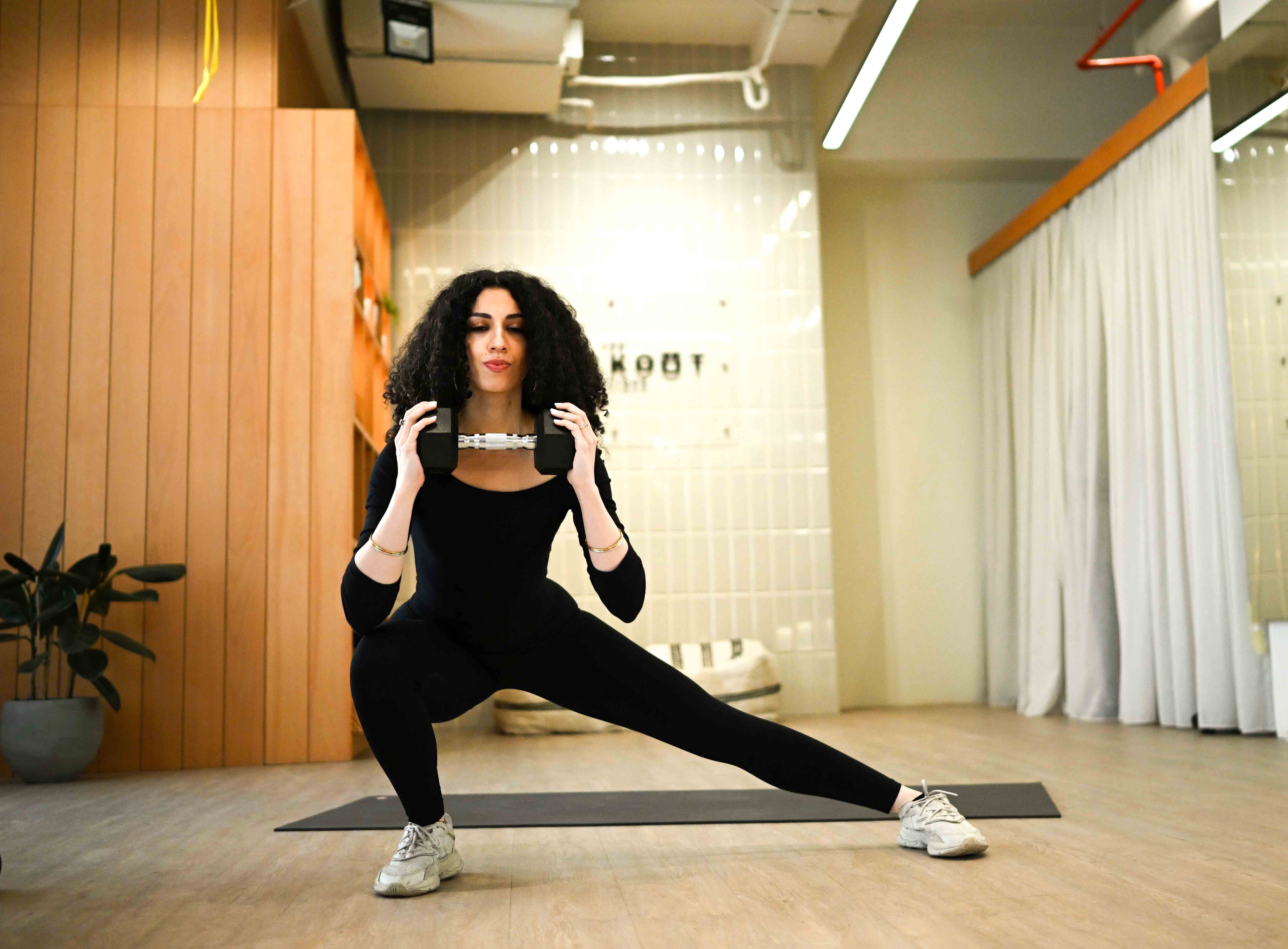
What are the key exercises you recommend for building strong glutes?
I recommend training the glutes in both shortened and lengthened positions to target different muscle fibres. Key exercises include glute bridges (shortened) and leg press with a glute focus (high and narrow stance—lengthened). I also love including an abduction exercise like glute medius kickbacks to work all parts of the glutes.
How do you tailor your glute-focused workouts for different fitness levels?
Most exercises can be regressed or progressed. I adjust the difficulty based on my clients’ goals and needs. This way, I keep them challenged to ensure muscle growth at any fitness level.
What are some common mistakes people make when training their glutes?
Trying to lift heavy weights too soon without addressing stability or other underlying issues. I take my clients through a prep phase to address these issues, then gradually build up their strength to handle appropriate weights. Slow and steady wins the race—trust me, your glutes will thank you!
How do you balance glute training with overall body conditioning?
I adopt a holistic approach to training. My programs include mobility and corrective work, full-body strengthening, cardio, and, of course, an emphasis on glute development. Additionally, I provide guidance on nutrition and daily habits to ensure my clients stay active beyond our sessions. For me, balance isn’t just about splitting things evenly; it’s about artfully incorporating all the necessary elements to support the main goal.
https://www.instagram.com/th3.boutique/
Photographer: Gorgy (@gorgy_8)






